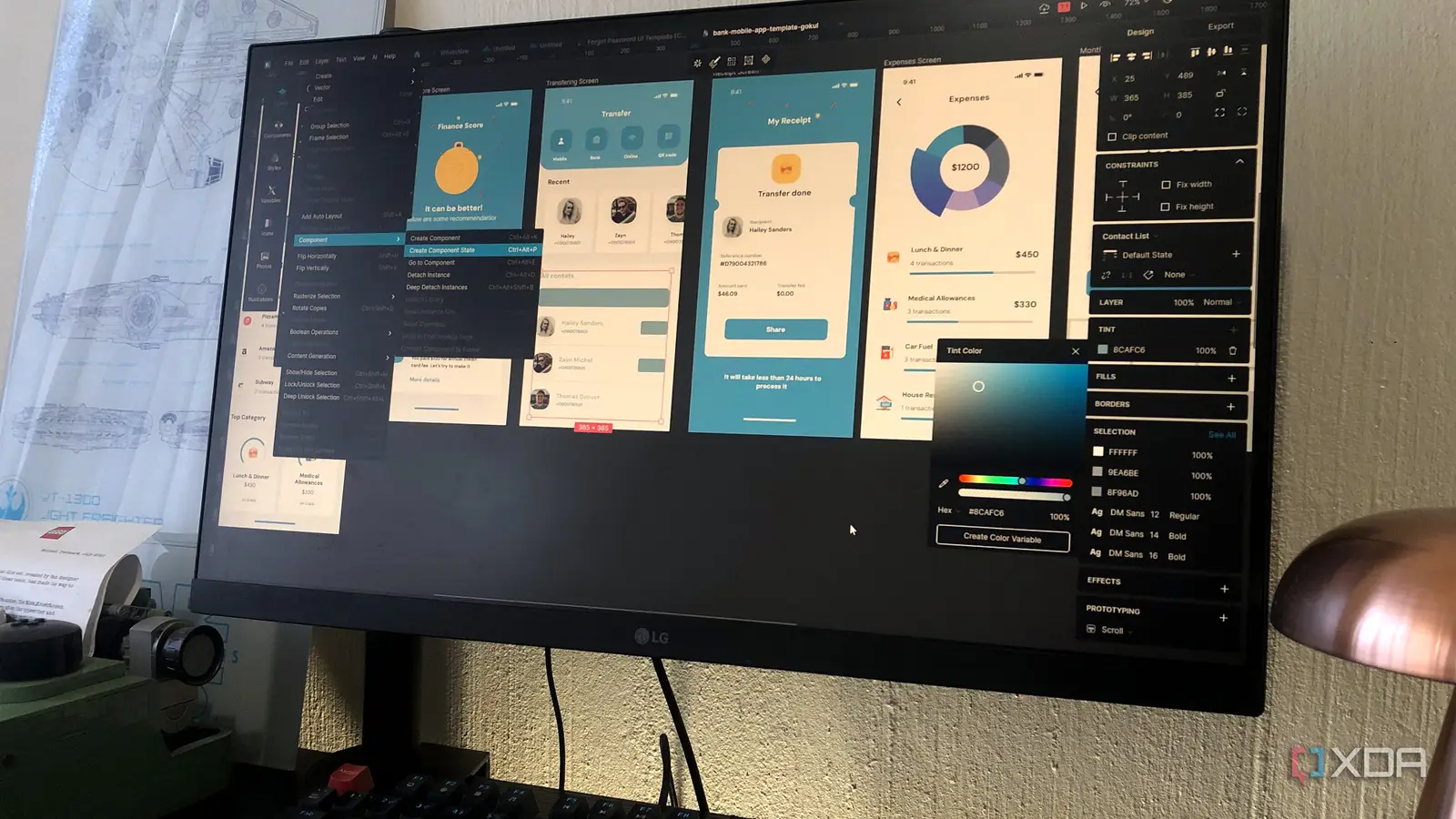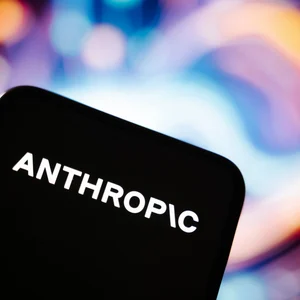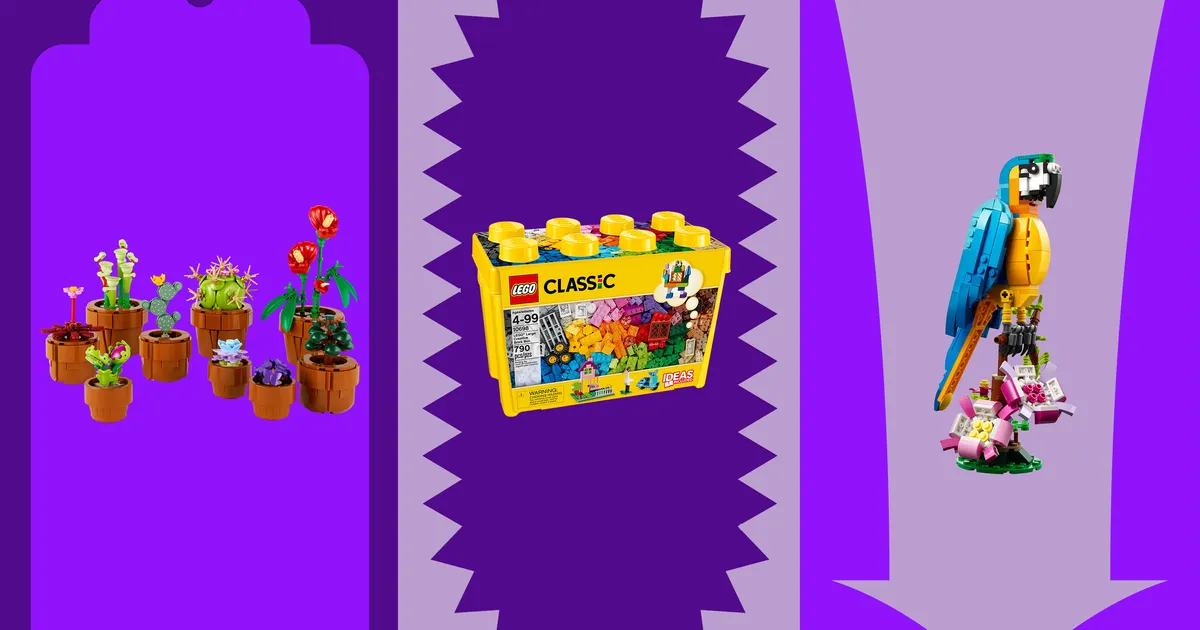
I’ve rotated through so many free design tools at this point that they’re all starting to blend together. Many of them try to be the free Photoshop or the open-source Figma, but when I sit down to actually work, the shine wears off fast. Either it lacks advanced features or still locks some important tools behind a paywall. That’s pretty much my cycle: download, test, get frustrated, move onto the next.
One of the tools that ended up breaking that cycle for me was Lunacy by Icons8. It’s not trying to reinvent the wheel, but it gives you a free, cross-platform, solid desktop editor with enough features and assets to stand on its own. It was built to be a more accessible option than Sketch or Figma for mobile and web design, with its light, fast, and distraction-free workspace being one of its main selling points. Here’s why I’ll be sticking with it.
Import Sketch and Figma files
Keep working on your original projects
Lunacy was initially designed to be a Sketch alternative for Windows users, as Sketch is Mac-only. The developers wanted designers to have a free option for opening, editing, and saving .sketch files without having to convert them. I don’t work with Sketch, but to test this, I downloaded a free .sketch UI template and imported it into Lunacy — no hitches, everything was intact.
There’s also a dedicated feature for importing Figma projects into Lunacy. All you need is the share link, as well as a personal access token if the project is private. I tried this with one of my Figma projects — again, seamless migration. Figma is already free, but there are benefits to switching your projects to Lunacy: it has faster performance due to being a native desktop app using C++, whereas Figma is a Chromium instance and therefore has more performance overhead.
The asset library is ridiculous
In a good way
The real magic in Lunacy is the built-in asset library. It sports a whopping 1.3 million icons, 200k images, and 70k illustrations. All the icons are free to use so long as you credit Icons8 in your published work. This is what the app means by being distraction-free; whatever you could possibly think of, just search for it, no need to bounce between apps or scour the web. This also quite literally gives me endless possibilities for design combinations.
The Icons library is sectioned into different categories. Naming all of them will have us sitting here all day, but some of my favorites so far are AppleSF Ultralight, Poly, Doodle Line, LED, Lollipop, Sci-Fi, Comic, Avantgarde, Softteal, Forma Bold, Filled, Stencil, and Isometric Line. Each one opens to yet another library of subcategories — for example, Isometric Line alone has over 60 subcategories of icons such as Animals, Arrows, and Maps.
Then there’s the Illustrations library. Same deal; it’s massive and categorized. So far, I love the offerings from the Cherry, 3D Casual Life, Pablita, and Cyborg categories. There is also the Images library with pictures of people, objects, and scenery. Unfortunately, Lunacy images and illustrations are watermarked for free users.
It’s not a gimmick
So many design apps include AI tools just for the hype. Lunacy’s AI toolkit is actually useful and can automate much of the design process. My personal favorite is the Name Layer feature. One of the most tedious parts of design is renaming every single layer to something that makes sense. Name Layer automates that by analyzing a selected layer and creating an appropriate name for it. Here, it detected a Login screen design in no time and named the layers accordingly.
The AI tools really shine when it comes to text, however. Lunacy securely integrates with AI assistants like Claude through its Model Context Protocol, which gives us all sorts of text-based AI enhancements. This includes language translation, correcting grammar, improving writing, condensing writing, rewriting in a different tone, and more. This ties into Lunacy’s distraction-free philosophy, letting you focus on designing the visuals with AI taking care of the text.
A light and intuitive design toolkit
But it’s not lacking by any means
Lunacy’s design tools are everything you need for web and mobile design, and they’re beyond easy to navigate. Your standard tools are on the left panel, including things like Frame, Move, Text, Shape, and Pen. Each tool has its corresponding properties in the right panel — this is where I adjust things like color, size, style, layout, and effects. It also has Auto Layout, which lets me create dynamic and responsive components (like app buttons) that automatically adjust to size and position changes. Plus there are Components for resuable design elements.
Furthermore, I was pleasantly surprised to find a free prototyping feature in Lunacy. This is where I can link my components and create interactions for them, ultimately simulating a responsive mobile or web app. It features Interaction Type as well as the standard animation options you’ll find in apps like Sketch, with easing styles. The Prototype Player lets me preview and interact directly with my design. This goes beyond what most free graphics apps provide.
Lightweight and accessible design
Lunacy’s massive asset library alone cuts down the time I’d normally spend hunting for the right icons. Add in its AI tools, file migration, and prototyping capabilities, and I’ve got a full-fledged design workspace that doesn’t overload my system or overcomplicate my workflow. Lunacy proves that free doesn’t mean limited.



